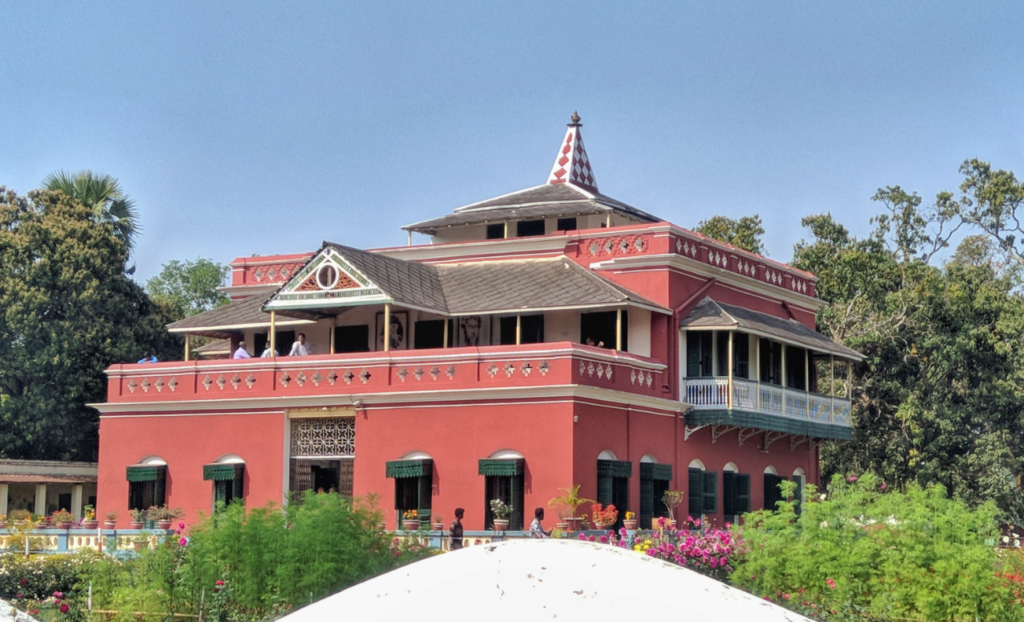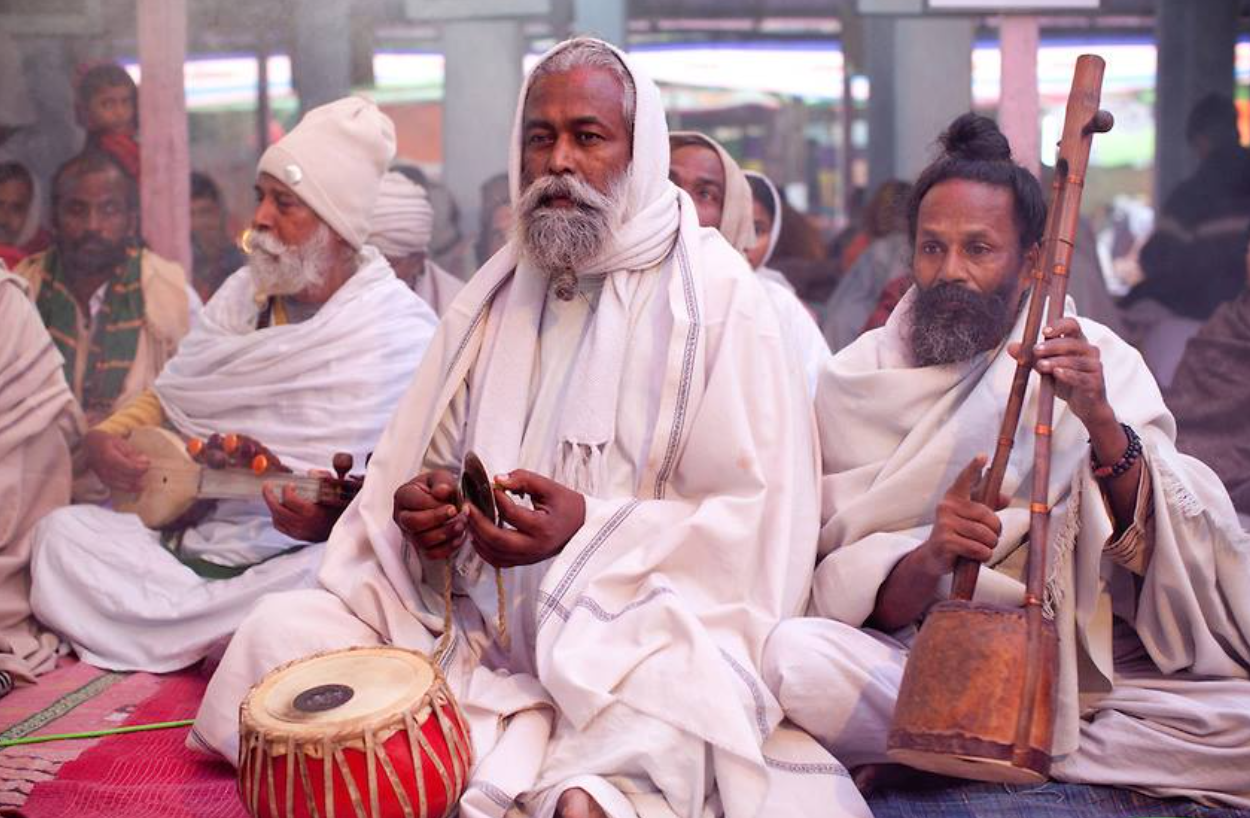Nestled in the southwestern part of Bangladesh, Kushtia is a district brimming with cultural richness, historical significance, and natural beauty. Known as the cultural heartland of the country, Kushtia has been home to some of the most influential figures in Bengali literature, music, and spirituality. This district, with its scenic landscapes, historic landmarks, and vibrant traditions, offers an immersive experience for history enthusiasts, spiritual seekers, and nature lovers alike.
Historical Background of Kushtia
Kushtia has a deep-rooted history that dates back to the Mughal era. The district was officially established in 1869 during British colonial rule. It was originally part of the Nadia district but gained prominence due to its strategic location and cultural activities. During the Liberation War of Bangladesh in 1971, Kushtia played a vital role, with several notable battles fought in its territory.
Geography and Climate
Kushtia is located in the Khulna Division and is bordered by Rajshahi, Pabna, Meherpur, Chuadanga, and Jhenaidah. The district lies on the banks of the Gorai River, a distributary of the mighty Padma River. The fertile alluvial plains make Kushtia an agricultural hub, while its moderate climate, with distinct summer, monsoon, and winter seasons, adds to its appeal.
Administrative Divisions: Kushtia’s Upazilas
Kushtia District is divided into six upazilas, each with its unique features and contributions to the region:
- Kushtia Sadar: The administrative and cultural center, housing key landmarks like Lalon Shah’s Mazar and the Gorai River.
- Kumarkhali: Famous for its traditional handloom industry and its connection to Rabindranath Tagore.
- Daulatpur: A serene area known for its lush greenery and significant contributions to agriculture.
- Bheramara: Home to the Bheramara Combined Cycle Power Plant, which plays a crucial role in the country’s energy supply.
- Khoksa: A quaint upazila known for its rural charm and community-focused lifestyle.
- Mirpur: Renowned for its sugar industry, particularly the Mirpur Sugar Mills, and vibrant local markets.
Key Attractions in Kushtia
1. Lalon Shah’s Mazar and Akhra

The Mazar (shrine) of Fakir Lalon Shah, the iconic Baul saint, is a sacred site in Kushtia. Located in Cheuria, this place is a hub for spiritual seekers and Baul enthusiasts. The Akhra, a spiritual center, hosts regular gatherings, including the annual Lalon Festival, where devotees celebrate his teachings through music, discussions, and traditional practices.
2. Shilaidaha Kuthibari

This historic mansion was the residence of Nobel Laureate Rabindranath Tagore during his visits to Kushtia. Built by the Tagore family, the Kuthibari now serves as a museum showcasing Tagore’s works, manuscripts, and personal belongings. The lush surroundings and tranquil ambiance of the site make it a must-visit for literature enthusiasts.
3. Gorai River
The Gorai River flows through Kushtia, adding natural beauty to the district. It offers picturesque views, serene boat rides, and a glimpse into the daily lives of local fishermen and farmers along its banks.
4. The Shrine of Hazrat Khan Jahan Ali
This historic shrine, located in Daulatpur, is dedicated to the renowned Sufi saint Hazrat Khan Jahan Ali. The peaceful environment and architectural elegance of the shrine attract both devotees and history buffs.
5. Islamic University
Situated in Kushtia, Islamic University is one of Bangladesh’s premier academic institutions. Its sprawling campus, vibrant student community, and cultural programs make it an integral part of the district’s modern identity.
Cultural Significance of Kushtia
Music and Baul Traditions
Kushtia is the epicenter of Baul music, a unique spiritual and philosophical tradition that emphasizes love, humanity, and harmony. The Baul songs of Lalon Shah, deeply rooted in mysticism, are an integral part of Bangladesh’s cultural heritage and have earned UNESCO recognition.
Literary Heritage
Rabindranath Tagore’s frequent visits to Kushtia and his literary works inspired by the region have cemented its place in Bengali literature. Kushtia’s landscapes and people often served as a backdrop for Tagore’s poetry and prose.
Festivals and Celebrations
- Lalon Festival: A grand celebration of Baul traditions, held annually at the Lalon Shah Akhra.
- Rabindra Jayanti: Commemorating Rabindranath Tagore’s birth, featuring cultural programs, recitations, and exhibitions.
- Poush Mela: A winter fair showcasing local crafts, music, and traditional food.
Economy of Kushtia
Kushtia’s economy thrives on agriculture, with crops like rice, jute, sugarcane, and vegetables forming the backbone of the district. The region is also known for its handloom products, particularly in Kumarkhali, where traditional sarees and fabrics are crafted with intricate designs.
Industrial development is evident with establishments like Kushtia Sugar Mills and Bheramara Power Plant contributing significantly to the local and national economy. The growing tourism sector, driven by the district’s cultural and historical attractions, is another key economic driver.
Notable Personalities from Kushtia
- Fakir Lalon Shah: The Baul saint and philosopher whose teachings and music continue to inspire generations.
- Rabindranath Tagore: While not a native, Tagore’s deep connection with Shilaidaha has made him an integral part of Kushtia’s cultural identity.
- Jasim Uddin: The renowned poet and author of “Nakshi Kanthar Math,” who drew inspiration from the rural life of Kushtia.
How to Reach Kushtia
- By Road: Regular buses connect Kushtia with major cities like Dhaka, Khulna, and Rajshahi.
- By Rail: Kushtia’s rail links make it easily accessible from different parts of the country.
- By Air: The nearest airport is in Jessore, from where travelers can take a car or bus to Kushtia.
Best Time to Visit
The ideal time to visit Kushtia is between October and March. The pleasant weather during this period makes exploring the district’s attractions enjoyable, and festivals like the Lalon Festival add to the experience.
Final Thoughts
Kushtia is a district where history, culture, and spirituality come alive. From the soulful melodies of Baul music to the timeless writings of Rabindranath Tagore, every corner of Kushtia resonates with stories of the past and promises of the future. Whether you’re exploring its historical landmarks, soaking in the tranquility of its rivers, or participating in its vibrant festivals, Kushtia offers a journey that enriches the soul and inspires the mind.




